Donbass’s People’s Republics: Path to Independence
05:01 GMT 11.04.2022 (Updated: 09:09 GMT 11.04.2022)
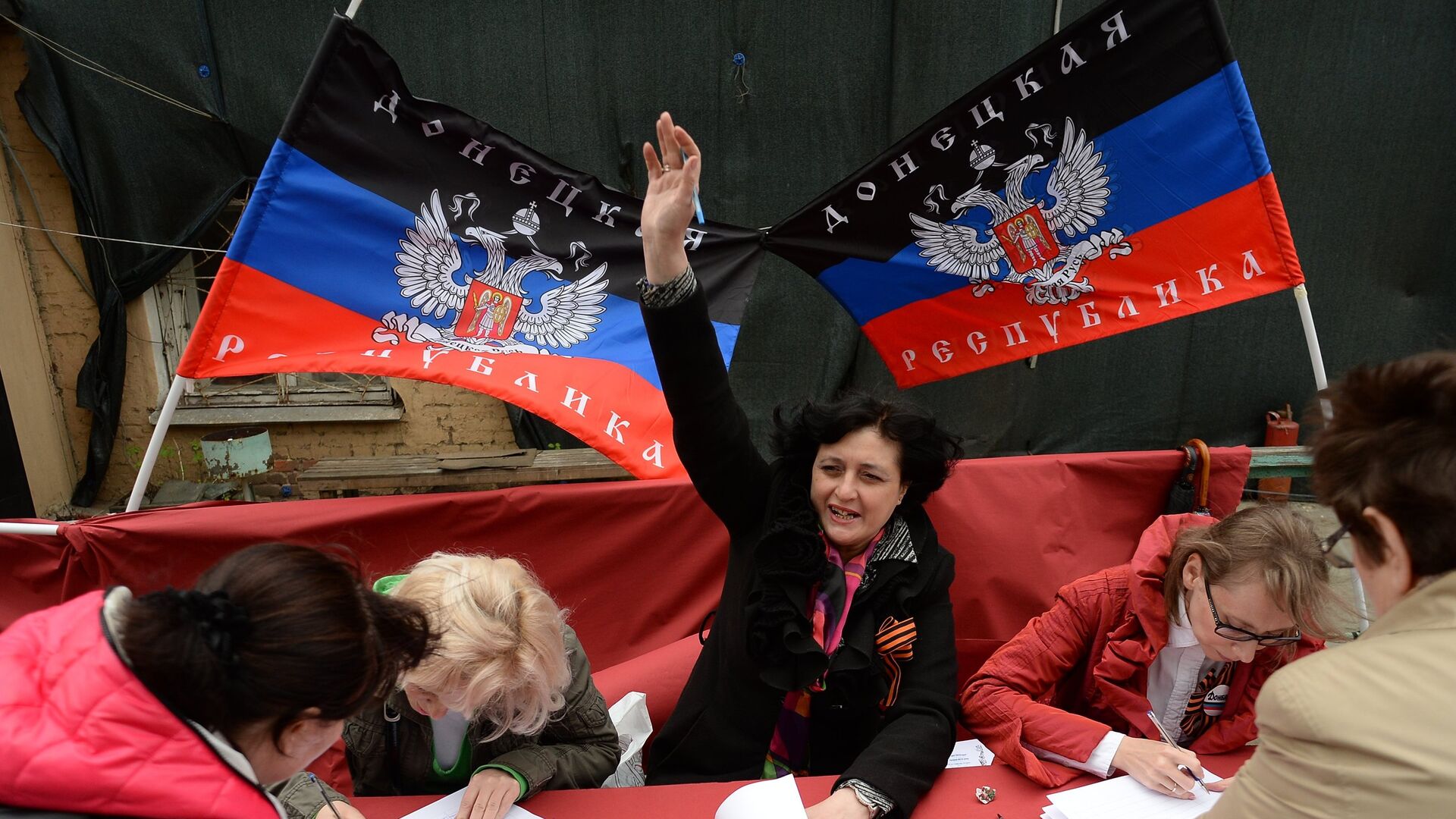
© Sputnik / Maksim Blinov
/ Subscribe
After breaking off from Kiev’s control in 2014, the Donetsk and Lugansk People’s Republics began their journey on the road to independence. The post-coup authorities in Kiev did not reconcile themselves with the state of affairs that emerged, and an 8-year-long war ensued. In February 2022, the DPR and LPR finally achieved recognition from Moscow.
‘Anti-Terrorist Operation’ Grows Into Brutal War
In February 2014, Ukraine was rocked by a Western-backed coup d’état that overthrew democratically-elected President Viktor Yanukovych. Crimea, Odessa, Kharkov, Donetsk, Lugansk and other regions were overrun with protests by those opposed to the outcome of the Euromaidan ‘revolution’. Protesters demanded the federalisation of Ukraine and people’s militia units were formed in the Donbass. In response, acting president of Ukraine Oleksandr Turchinov announced an ‘anti-terrorist operation’ in the Donbass, which by the summer grew into a full-scale war, complete with the use of military aviation and heavy armour.
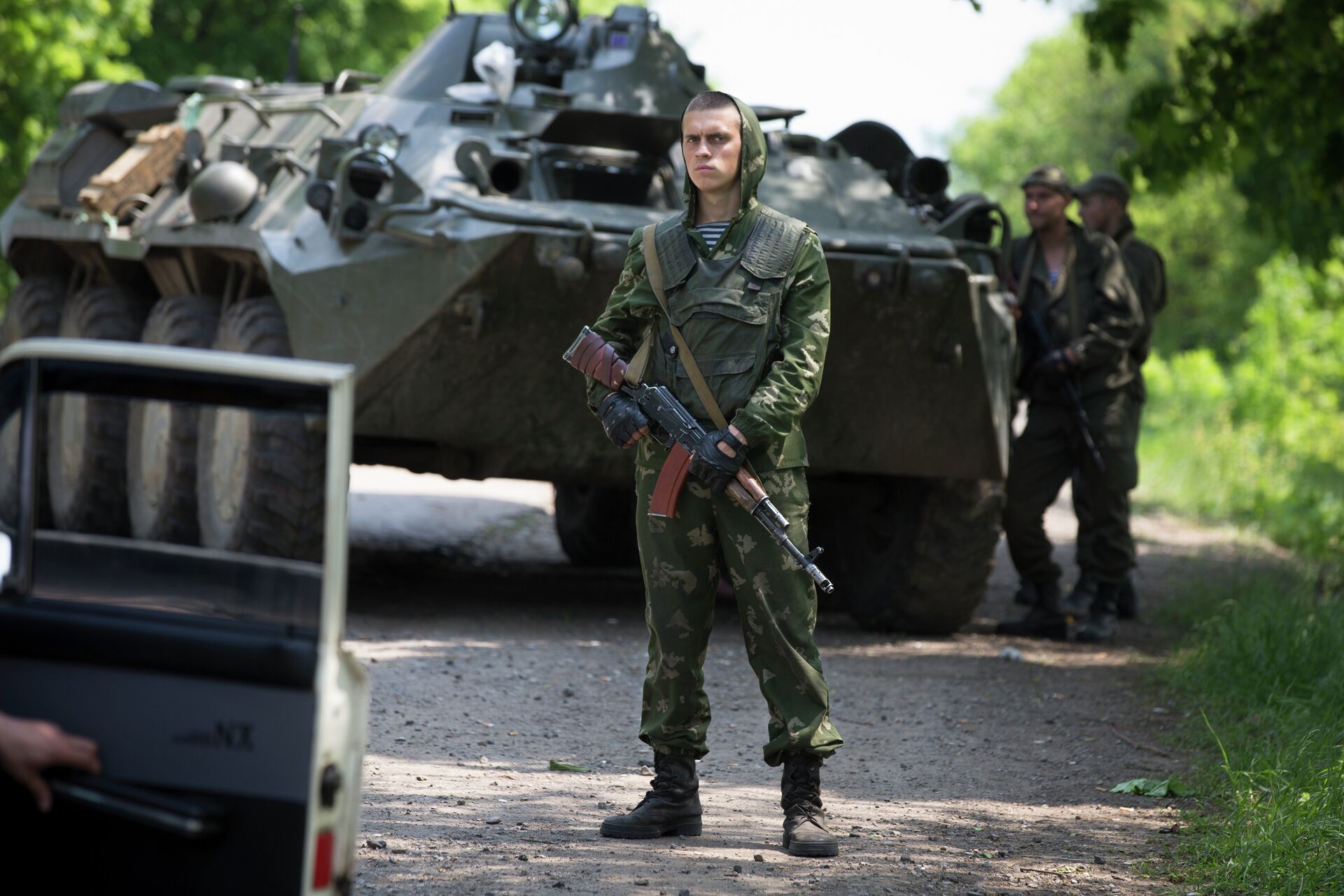
Ukrainian government soldiers guard a checkpoint near Kramatorsk, eastern Ukraine, Wednesday, May 14, 2014
© AP Photo / Alexander Zemlianichenko
Referendums on Self-Rule
In May of 2014, political forces in the Donbass organised referendums on the self-determination of the Donetsk and Lugansk regions, and the Donetsk and Lugansk People’s Republics were proclaimed. Kiev did not recognise the results of the vote, and ramped up its military operation.
Did Ukraine’s Constitution allow for self-determination? According to Article 73, questions on changes to territory were only to be answered via a national referendum. However, this point should be considered in connection with the Constitution’s other norms. Article 5, for example, declares that the people of Ukraine are the source of all power, and that no one has the right to usurp power.
In the spring of 2014, Ukraine did not have elected authorities. President Yanukovych was overthrown in February, and power was usurped by the opposition forces. Consequently, the people of the Donetsk and Lugansk regions decided to determine their own fate via referendum.

Donetsk and Lugansk regions hold referendum on self-determination
© RIA Novosti . Evgeny Biyatov
/ Special Status
Between September 2014 and February of 2015 the trilateral contact group of Russia, Ukraine and the OSCE, and later Russia, Ukraine, Germany and France hammered out a plan for peace in the Donbass – the Minsk Agreements. One of their central points was the need for Kiev to adopt a law on a special autonomous status to be granted to the breakaway territories.
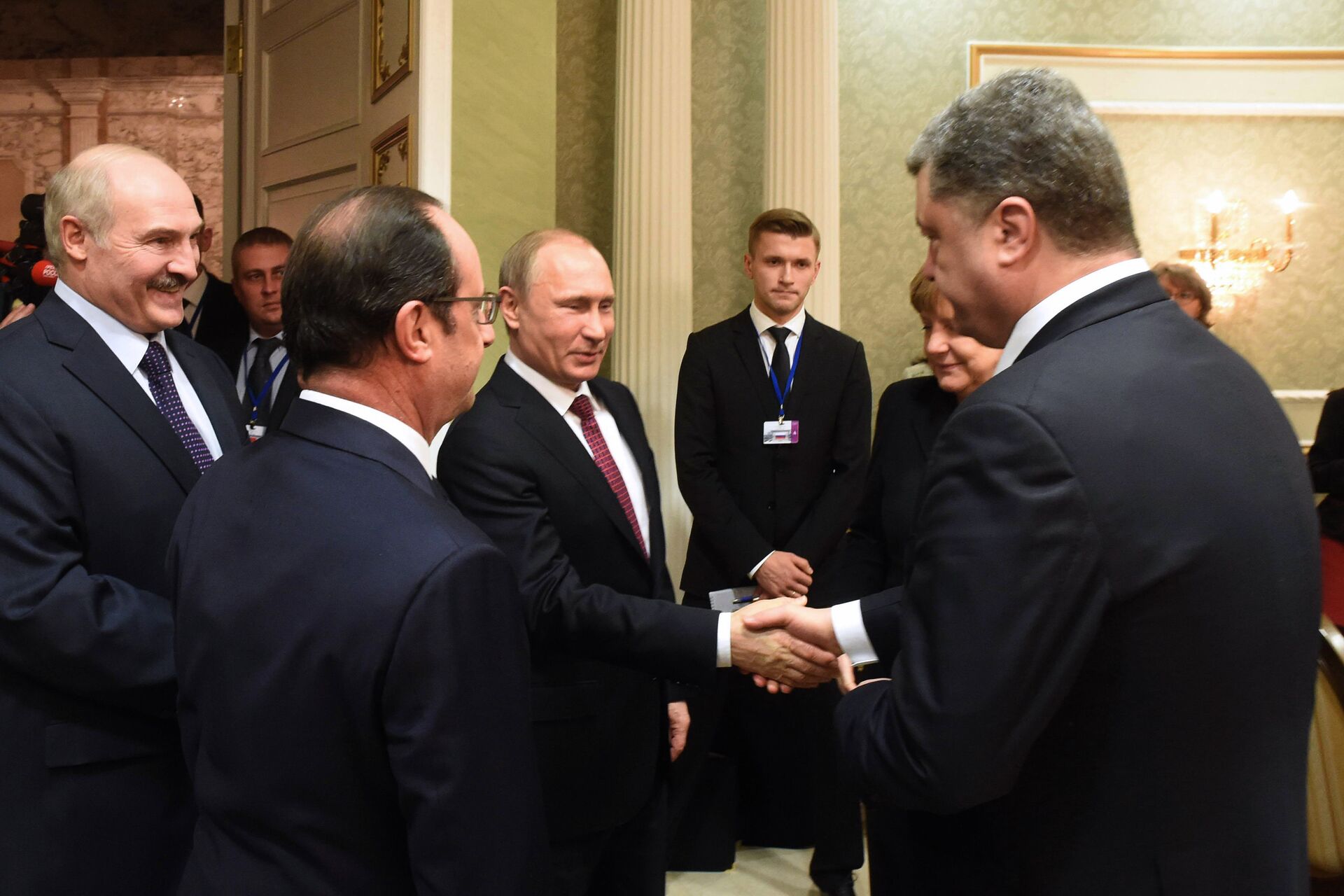
Russian President Vladimir Putin (C) shakes hands with Ukrainian President Petro Poroshenko (R) during a meeting on February 11, 2015 in Minsk
© AFP 2023 / BELTA / ANDREY STASEVICH
Special Status Blocked
In September 2014, Ukraine’s parliament passed a law on the special status for the Donbass, but made it applicable only to those ‘separate areas of the Donetsk and Lugansk regions’ outside Ukraine’s control. The law included the right to use the Russian language, amnesty for participants of the armed conflict, and the formation of a people’s militia. At the same time, a temporary, three-year period of special local self-government was allowed for.
The issue of local elections became a stumbling block preventing the law’s implementation. Under its terms, elections would be held in accordance with norms set in Kiev, i.e. without taking account of the situation which developed in the aftermath of the Euromaidan coup. Kiev refused direct elections with the representatives of the self-proclaimed republics. The Minsk deal required direct dialogue between all parties to the conflict.
The DPR and LPR held elections on 2 November 2014. Alexander Zakharchenko was chosen leader of the DPR, and Igor Plotnitsky was selected as head of the LPR. Kiev did not recognise the results of the votes.

Joint statement of DPR and LPR heads A.Zakharchenko and I.Plotnitsky
© Sputnik / Sergey Averin
/ ‘Temporarily Occupied Territories’
In March 2015, Ukraine’s parliament passed a new law, declaring the DPR and LPR “temporarily occupied territories”. In essence, the law quashed the preceding law on a special status for the Donbass.
In 2016, German Foreign Minister Frank-Walter Steinmeier proposed a new initiative aimed at resolving the crisis. The plan, dubbed the ‘Steinmeier formula’, proposed the granting of special status to the Donbass republics temporarily –on the date that local elections were to take place. At the same time, the elections had to be held under Ukrainian law and under the control of Organization for Security Co-Operation in Europe observers. After the recognition of the elections, the republics were to receive permanent special status as part of Ukraine.
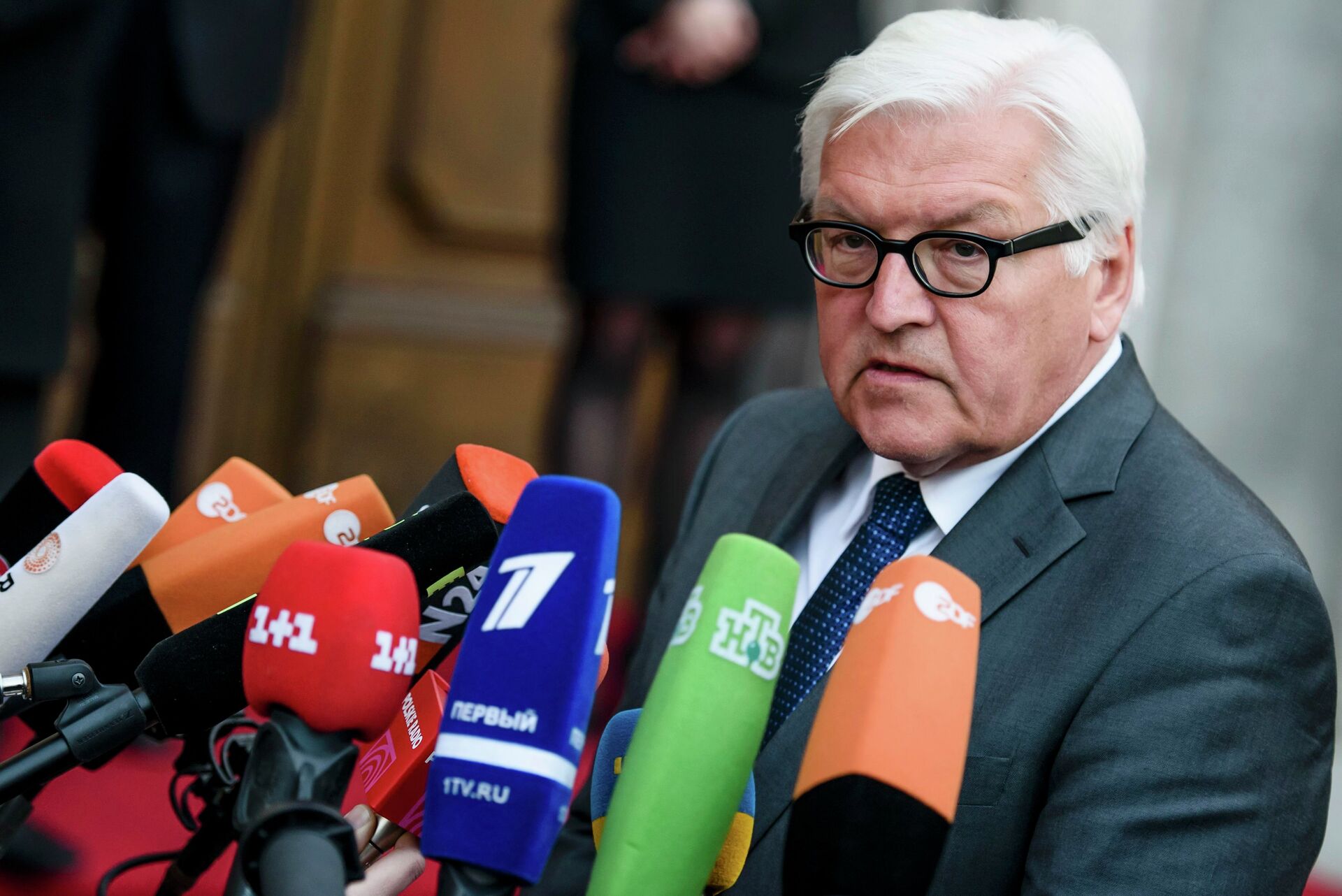
German Foreign Minister Frank-Walter Steinmeier speaks to journalists prior to a meeting of foreign ministers to examine the implementation of the Minsk peace accords
© REUTERS / Clemens Bilan/Pool
Hope Fades
Ukraine, Germany, France and Russia expressed support for the Steinmeier Formula. However, in time Ukraine began to demand new conditions: a ceasefire, the removal of forces from the line of contact, the return of control over the entire border with Russia and the introduction of peacekeepers. Some of these demands contradicted the Minsk Agreements, dampening hopes for a resolution to the conflict.
‘Law on the Reintegration of the Donbass’
In 2018, Ukraine adopted a new law on the reintegration of the Donbass. The Donetsk and Lugansk Republics were again painted as “temporarily occupied territories.” All mention of the Minsk Agreements were removed from the law before it was passed.In 2019, then-freshly elected Ukrainian President Volodymyr Zelensky promised to implement the Steinmeier Formula, but backed down after tens of thousands of ultra-nationalist radicals and opposition supporters gathered in the streets threatening to oust him if he proceeded.
Donbass in Danger
On 18 February 2022, after weeks of escalating shelling, sabotage and sniper attacks by Kiev forces, the leaders of the Donetsk and Lugansk People’s Republics announced a mass evacuation of the civilian population to Russia, saying they feared an imminent full-scale offensive by Ukraine.
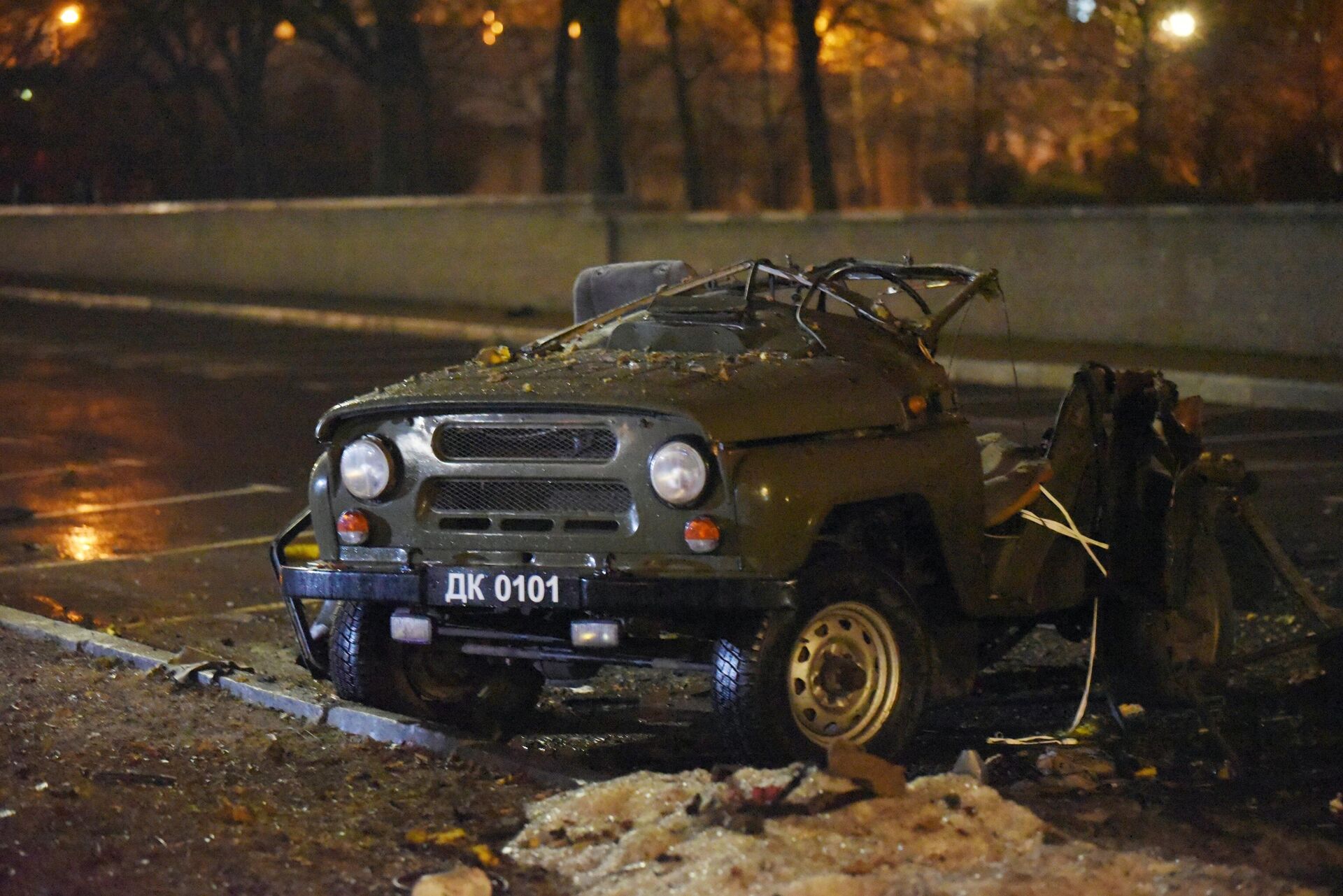
Car bombing in the city of Donetsk, 18 February 2022. The vehicle was blown up in front of a government building in the city center. The bombing was one of numerous provocations inside DPR and LPR territory, plus hundreds of violations of the Minsk ceasefire by Kiev using mortars and artillery attacks, in the days and weeks preceding Moscow's decision to recognize the Donbass republics as sovereign and independent states on 21 February 2022.
© Sputnik / Sergei Baturin
/ Recognition Achieved
On 21 February 2022, Russian President Vladimir Putin signed a decree granting the Donbass republics the status of sovereign and independent states.

Russian President Vladimir Putin signs a decree on Russia's recognition of the Donetsk and Lugansk People's Republics as sovereign states. To Putin's right are DPR head Denis Pushilin and LPR leader Leonid Pasechuk.
© Sputnik / Alexei Nikolsky
/ International Support
Cuba, Nicaragua, Venezuela, Syria, Abkhazia and South Ossetia followed suit in recognizing the two new countries. The United States and its European allies refused to do so, dubbed Russia’s actions a “gross violation of international law,” and slapped Moscow with new sanctions.
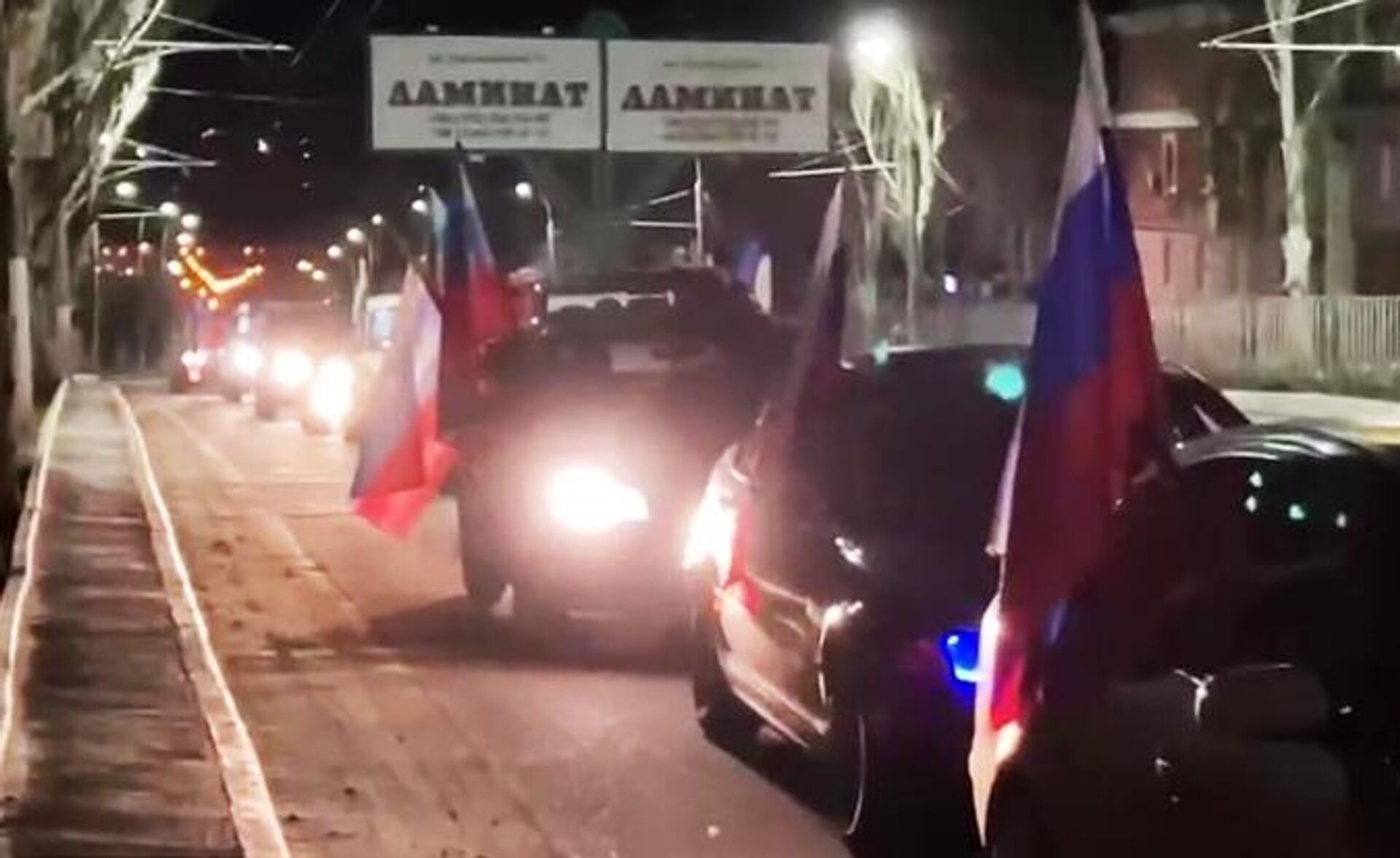
Donetsk residents drive through the streets of the capital with Donetsk People's Republic, Lugansk People's Republic and Russian flags on the night of 21 February after hearing the news that Russia has recognized the pair of Donbass regions as independent nations.
© Sputnik
/ 
